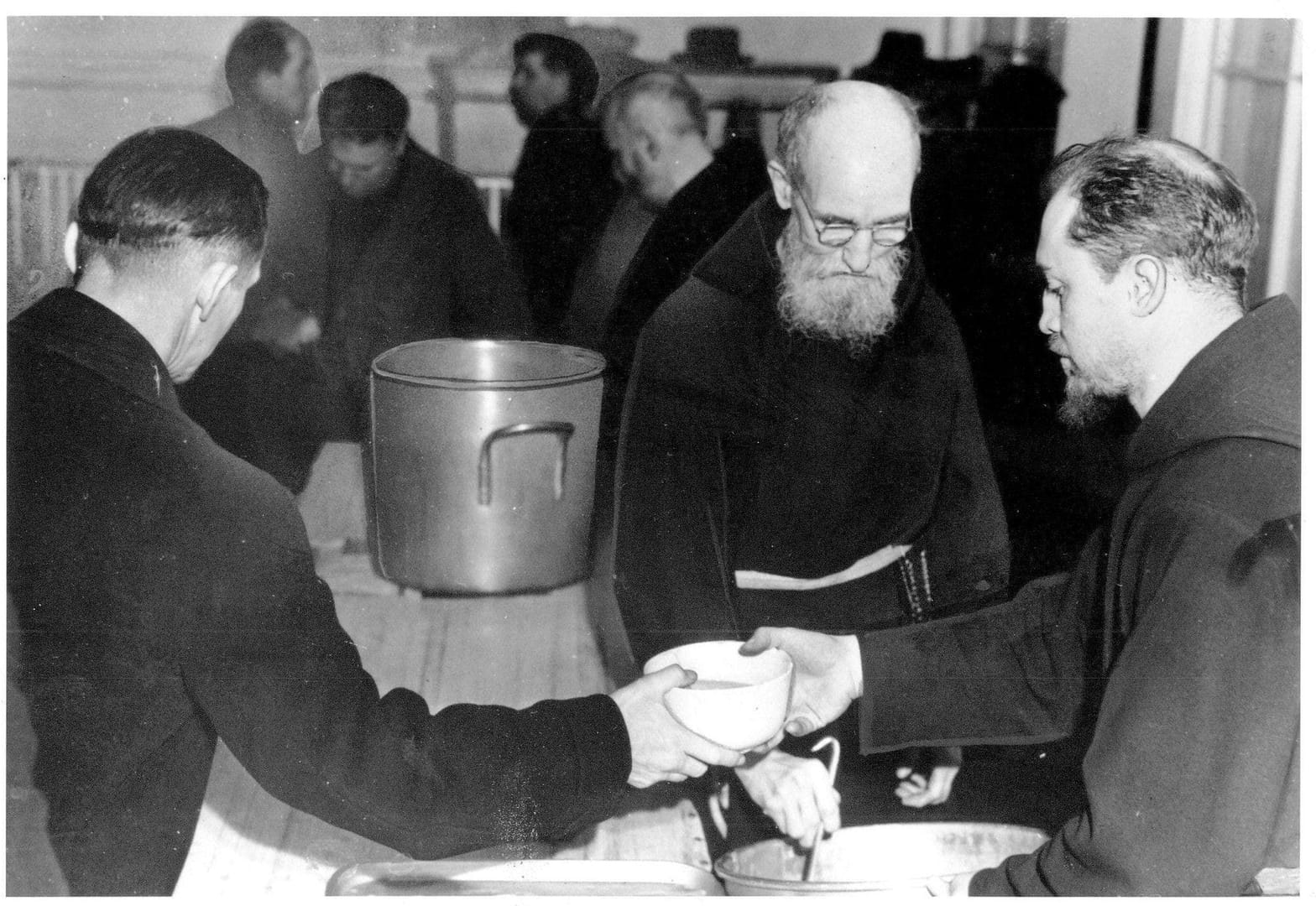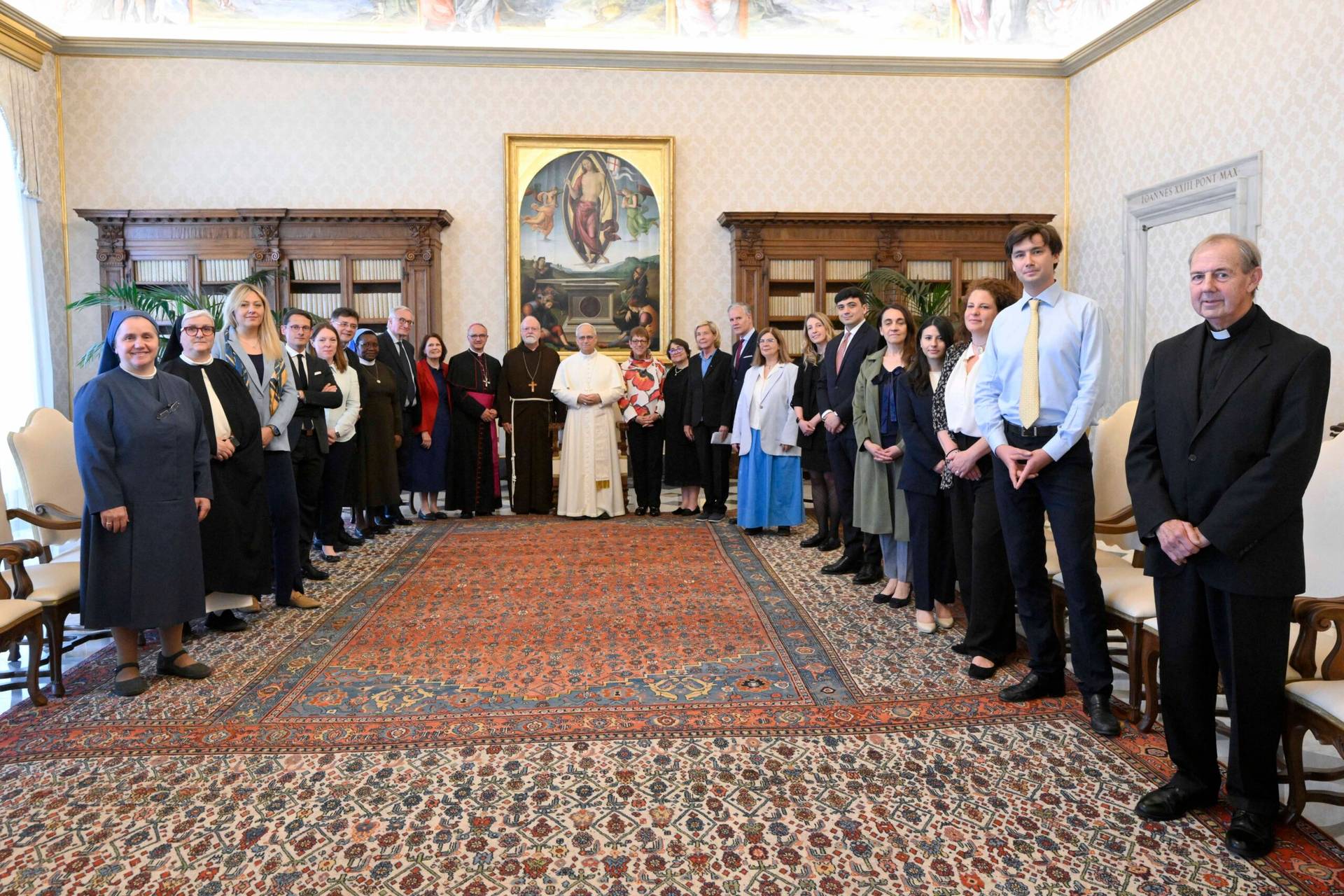We live in a culture of self-promotion, in which no organization ever takes to the public arena without boasting of being the biggest, the best, the smartest, or the coolest thing ever, usually with a faint suggestion that you’re an idiot if you haven’t already heard of them.
What, then, does it say about an outfit if they chose “Under the Radar” as their catchphrase – as if their anonymity is something to celebrate, not rue?
Well, in the case of the Capuchin Franciscans, it means their centuries-old charism is alive and well and living in Denver, Colorado.
Denver is the setting for the “Brown Robe Benefit,” an annual fundraising gala for the order, and this year’s theme is precisely “under the radar.” It’s intended to capture the spirit of a religious order that’s traditionally spurned celebrity and power, seeking instead to place itself at the service of ordinary people, especially the poor.
That’s been the Capuchin ethos from the beginning. In the 16th century, a group of Franciscans were inspired to live the Franciscan lifestyle in a more radical manner, returning to the original emphasis on prayer and poverty. These men broke away from the Franciscans and began a reform movement which stressed the priority of contemplative prayer and a more rigorous austerity.
Wearing habits with large hoods, they soon garnered the name cappucio, the Italian word for “hood.” The Capuchins received approval of their way of life and were recognized as an official, independent branch of the Franciscans in 1525.
Today, the Capuchins are enjoying a bit of unexpected vogue in the United States because a couple of their members have reached high places: Cardinal Sean O’Malley in Boston, President of the Vatican’s Pontifical Commission for the Protection of Minors and also a member of the pope’s “C9” council of cardinal advisors; and Archbishop Charles Chaput of Philadelphia, who has a flair for engaging cultural and political issues from a Catholic theological perspective.
Yet that’s historically anomalous, as Capuchins typically only become bishops in mission territories. Anyway, if you want to encounter the Capuchin spirit, it’s definitely not in the halls of the Vatican or in Congress that you ought to go looking for it.
At this stage, a bit of full disclosure is in order: I was educated by the Capuchins out on the high plains of Western Kansas, and the mere fact they were willing to tolerate a precocious and fairly full of himself teenager like me is proof enough in my book that they’re on the side of the angels.
That said, I’ve also covered the Catholic Church for more than twenty years, traveling far and wide across the Catholic world, and I’ve had the chance to see the Capuchins in action in a variety of settings around the world. I can testify from personal experience that the order’s rhetoric is matched by its reality – they really are out there in the trenches, and, in most cases, with no fanfare whatsoever.
This week, my wife Shannon and I attended an annual Capuchin BBQ here in Denver, which is an occasion for friends of the order to get together. There, we heard a brief talk by Father Joseph Mary Elder which is typical of the whole Capuchin experience.
Elder described one night when he was at the Capuchin friary in Denver and the phone rang. It was a woman whose daughter had attempted suicide, and she asked if he could come see her at a facility in Colorado Springs (about 70 miles away). Sensing the desperation in the woman’s voice, Elder agreed and set out.
He described the surreal juxtaposition between the thick, institutional security through which he had to pass and the bright, cheery room for kids in which he ended up. Eventually a young woman named Gabby, with bandages around her wrists and a scowl on her face, ended up sitting in front of him.
Elder described words spontaneously bubbling up within him: “I know you feel distant from God right now,” he said, “but he’s incredibly close to you. He’s reaching out to you, asking you to turn to him and to trust him.”
Gabby, he said, wasn’t in the mood.
“I don’t believe anything you’re saying!” Elder remembers her shouting. “I don’t believe anything about this God of yours!”
Patiently, Elder said, “I know you don’t believe it right now, but I’m telling you, God is here, right now, tonight, and he’s hoping you’ll come back. He’ll never stop loving you.”
To finish the story, Elder said that a month or so later he was back at the facility and noticed that Gabby had resumed attending the youth group and seemed to be getting her life back on track. She continued there for another few months and then moved on, at least apparently armed with a new sense of purpose.
In a nutshell, as Elder explained to the group at the BBQ, that’s the Capuchin thing – humbly, consistently, just being there to bring God’s love to people, sometimes at the lowest moments in their lives – and, I would add, never holding press conferences afterwards to call attention to what they’ve done.
Right now, for obvious reasons, isn’t the happiest time in the Catholic Church, especially with the contagion of the sexual abuse crisis once again dominating headlines and occupying time and energy. It’s essential that be the case, because previously hidden truths are coming to light that demand an honest reckoning.
Yet especially in that context, it’s also important to remember that the Church’s quiet work of bringing healing and saving souls is still going on – and, more often than you might think, it’s a smiling friar in a brown robe who’s doing it.
















